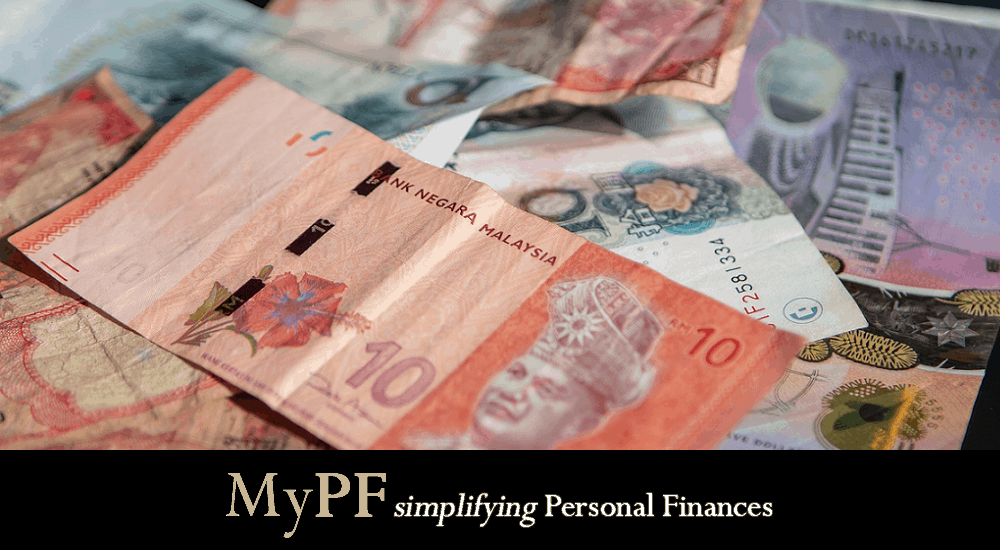Setting the stage for a better and brighter future for Malaysians will require transforming into a high-income nation. Learn more about this effort to increase the quality of life for our citizens

Picture this: A nation with a rich tapestry of cultures, boasting stunning landscapes from its bustling metropolis to its serene beaches and mountains, is on the cusp of making the economic leap of a lifetime.
Malaysia, a Southeast Asian gem, is no longer the world’s best-kept secret. With its eyes set firmly on the prize, it’s nearing its coveted status of a ‘High Income Nation.’ As the winds of change gather momentum, the world watches in eager anticipation. But what does this transformation signify for Malaysia’s economy and its denizens?
Contents
Transition from Middle- to High-Income Status
The World Bank’s optimistic projection for Malaysia’s high-income transition by 2028 has placed the nation on an exhilarating path of economic evolution. With a GNI per capita sitting at US$11,200 or RM52858.40, Malaysia teeters on the brink of this monumental economic threshold. Such a leap, however, is not a walk in the park. It demands more than mere numbers on a sheet; it’s about strategic growth, resilience, and adaptability.
Navigating this final stretch, Malaysia faces challenges that are as complex as they are rewarding. While economic growth remains a cornerstone, multifaceted strategies are the order of the day. Emphasis on innovation, productivity enhancement, and bridging skill gaps are now more crucial than ever. The nation’s vision to redefine its sectoral contributions, especially balancing between manufacturing and services, comes into play.
The drive towards this transition is not a solitary journey. Cohesive efforts between the public and private sectors are indispensable. The government’s blueprints, when complemented by the dynamism of the private sector, can propel Malaysia towards its goal. The push for high value-added industries, digital adoption among MSMEs, and tackling labor market challenges will play pivotal roles in this grand economic transformation.
Challenges to Productivity and Competitiveness
Malaysia, while on the cusp of economic greatness, faces a set of unique challenges that stand between its current middle-income status and the aspired high-income status. A deep dive into the nation’s economic fabric reveals some intriguing patterns and trends.
Historically, Malaysia enjoyed a robust middle-income status but began experiencing a stagnated productivity growth since the mid-’90s. The data prior to the Covid-19 pandemic showed a declining trend in productivity growth per hour, with the rate dropping to a meager 1.4% in the fourth quarter of 2019. This dip is not a standalone metric; it mirrors a similar pattern observed in productivity growth by employment.
Although Malaysia’s productivity figure of US$68,473 or RM32,3158.32 in 2019 overshadowed some of its Asian neighbors like Thailand, Indonesia, China, and Vietnam, the gap with developed nations like South Korea and Japan is evident. The key challenge? A sluggish productivity growth rate. Various factors contribute to this deceleration – from the misalignment of economic resources, limited technology creation, and a prominent skills gap to the challenges of low female labour force participation and structural hiccups in the labor market.
The nation’s move to reallocate significant economic resources towards the services sector, which now accounts for about 56% of the total GDP, is notable. In contrast, the manufacturing sector’s contribution has taken a backseat, shrinking from an impressive 32% in the ’90s to roughly 22.5% in recent years. However, it’s crucial to understand that this shift doesn’t necessarily indicate a lack of competitiveness in the manufacturing realm. The very essence and value of the manufacturing sector, especially in the IR4.0 era, remain instrumental for Malaysia’s economic progression.
Malaysia’s drive towards becoming a technologically advanced nation also poses its set of challenges. While the country heavily relies on multinational corporations for technology transfer, the reality often falls short of expectations. The limited value-add processes handed to local firms by MNCs and the sub-optimal training for local employees has capped productivity gains in the labor sector.
Innovation remains at the heart of any high-income nation, and Malaysia’s ranking of 33rd as an innovative nation in the 2021 Innovation Index Report showcases its potential. But potential alone won’t suffice. The relatively low patent applications, compared to regional powerhouses like China and South Korea, highlight the urgency for strengthening the nation’s intellectual property environment.
Couple this with the challenges in the labor market – from the skills gap among graduates, the stagnation of high-skilled job creation, the reliance on foreign labor to the noticeable gender disparity in labor force participation rates – and it’s clear that Malaysia’s road to high-income status is fraught with complexities.
Rising to the Moment
Malaysia is on the cusp of an economic renaissance. While challenges loom, they are not insurmountable. The stakes are high, but so is the nation’s spirit and potential. The journey from middle to high-income status is more than just a numerical target; it’s a testament to the resilience, innovation, and collaboration of an entire nation.
As we approach 2028, it’s not just about economic transition, but about rewriting a nation’s story. With united resolve and strategic vision, Malaysia isn’t just aiming for high-income status; it’s setting the stage for a brighter, more prosperous future for all its citizens. The next chapter is ours to write, and the world is watching.
What are your thoughts on Malaysia’s journey towards becoming a high-income nation?





Leave A Comment